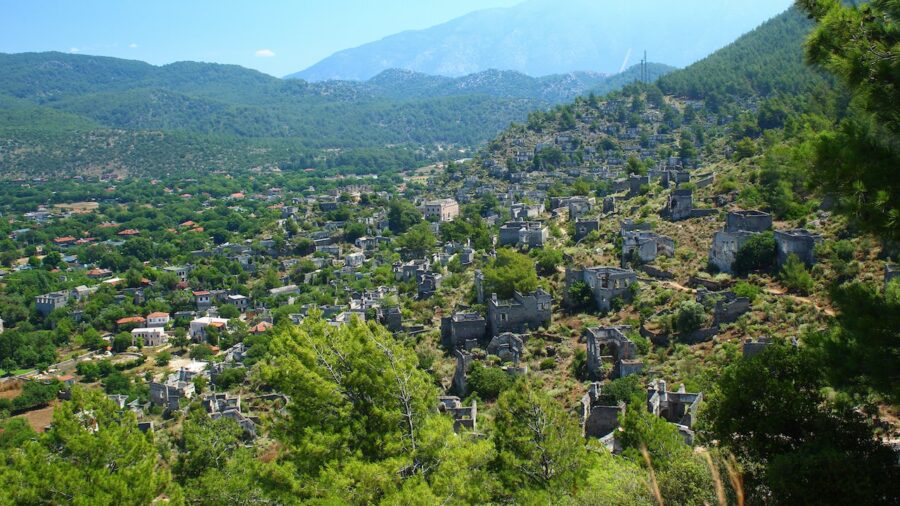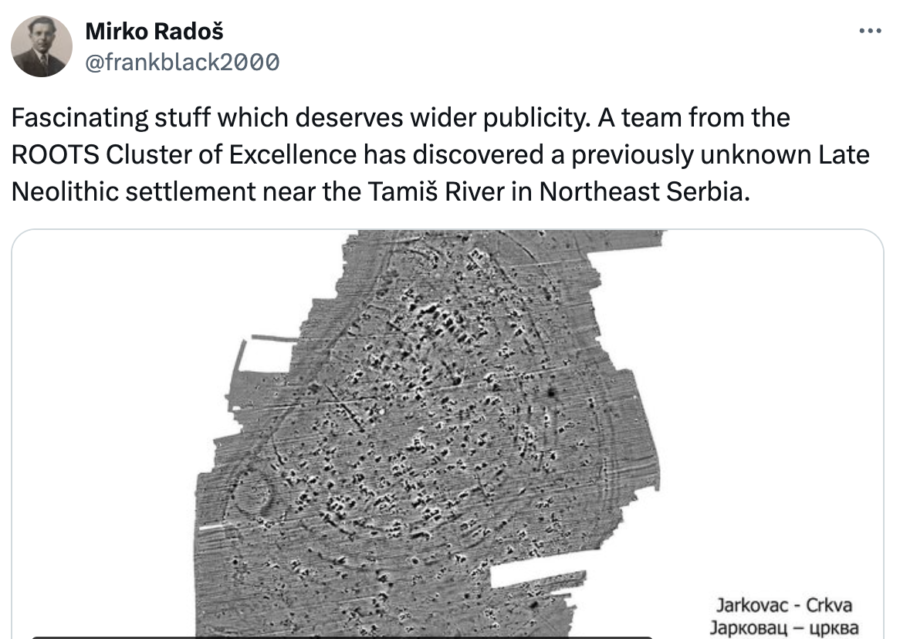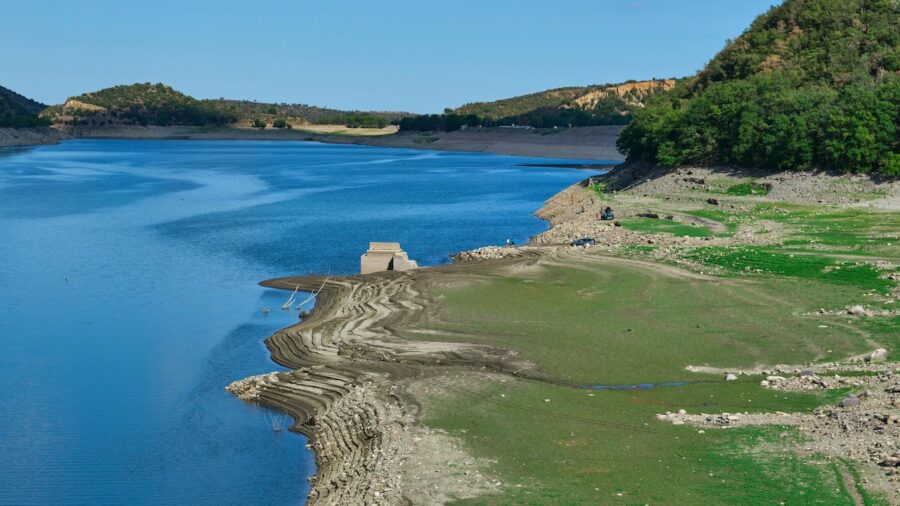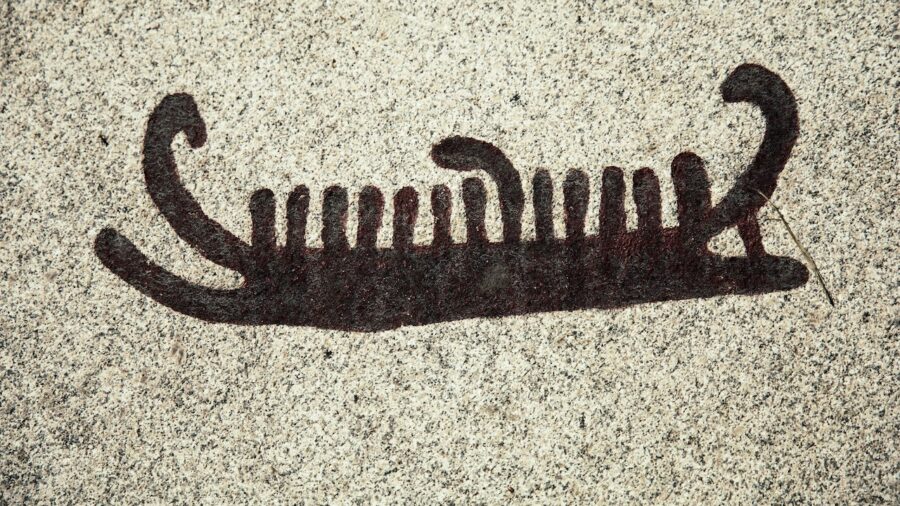7,000 Year Old Village Unearthed After Millennia In Secret

A Serbian-German research team unearthed a huge Neolithic 7,000-year-old Neolithic village in northeast Serbia. Hidden for millennia, the settlement is spread across 11 to 13 hectares near the Tamiš River. Using advanced geophysical techniques, archaeologists were able to locate and pinpoint this lost piece of history in March 2024.
A Collaborative Effort

This new discovery is the result of a collaborative effort between researchers from the ROOTS Cluster of Excellence in Germany and Serbian institutions, the Museum of Vojvodina in Novi Sad, the National Museum Zrenjanin, and the National Museum Pančevo.
Professor Martin Furholt, team leader from Kiel University, spoke about the outstanding importance of this discovery by highlighting the scarcity of large settlements from this period in the region, saying, “This discovery is of outstanding importance, as hardly any larger Late Neolithic settlements are known in the Serbian Banat region”.
ROOTS Makes Spectacular Find

ROOTS doctoral student and co-team leader for the excavation, Fynn Wilkes, described the settlement’s size as ‘spectacular’ and explained that the geophysical data provides a clear picture of the site’s structure.
In addition to sheer size, another notable they were able to retrieve from geophysical methods is that four to six ditches surround the settlement.
From The Vinca Culture

While the geophysical data gave clear evidence of the settlement’s structure the team combed the surrounding area for artifacts.
After further analysis of the surface material, it was revealed that the settlement belonged to the once-thriving Vinča culture that existed between 5400 and 4400 BCE. Interestingly, the artifacts also hint at strong influences from the regional Banat culture. When asked about it, Fynn Wilkes noted that “only a few settlements with material from the Banat culture are known from what is now Serbia.”
Some Pieces Found In Hungary

During the expedition, the team from the Cluster of Excellence crossed the border into Hungary to investigate several Late Neolithic circular features. These structures are known as ‘roundels’ and it is believed to be linked to the Lengyel culture, which shares millennia with Vinča culture, 5000 to 4400 BCE.
The research team relied on both geophysical technology and surface surveys, mirroring the strategy deployed in Serbia. This gave valuable data about roundels.
Kata Furholt, co-team leader from Kiel University, explains, “This enabled us to re-evaluate some of the already known sites in Hungary.”. For instance, previously classified Late Neolithic circular ditches turned out to be “much younger structures.”
From Late Bronze Age?

One of those discoveries is a settlement that was previously categorized as the Late Neolithic period.
However, it is determined that these aren’t as ancient as originally thought, and likely belonged to the Late Copper Age and Early Bronze Age Vučedol culture, which existed between 3000/2900 BCE and 2500/2400 BCE.
Additionally, they completed the entire documentation of a Late Neolithic circular ditch in the village of Vokány.
Professor Furholt also discussed the importance of Southeast Europe as a region that holds the key to providing a deeper understanding of how “knowledge and technologies spread in early periods of human history and how this was related to social inequalities.”
The Start Of Groundbreaking Metalworking Technologies?

This entire region was once full of neolithic settlements that were a breeding ground for groundbreaking technologies like metalworking, and he believes that these new and reclassified sites across Serbia and Hungary offer a wealth of data for a crucial research project.
Titled Inequality of Wealth and Knowledge, this interdisciplinary project is led by the Cluster of Excellence ROOTS, and details from Serbia and Hungary are already being submitted. As the analyses on these sites continue, the project aims to answer questions Professor Furholt previously discussed.
Source: Phys.org












